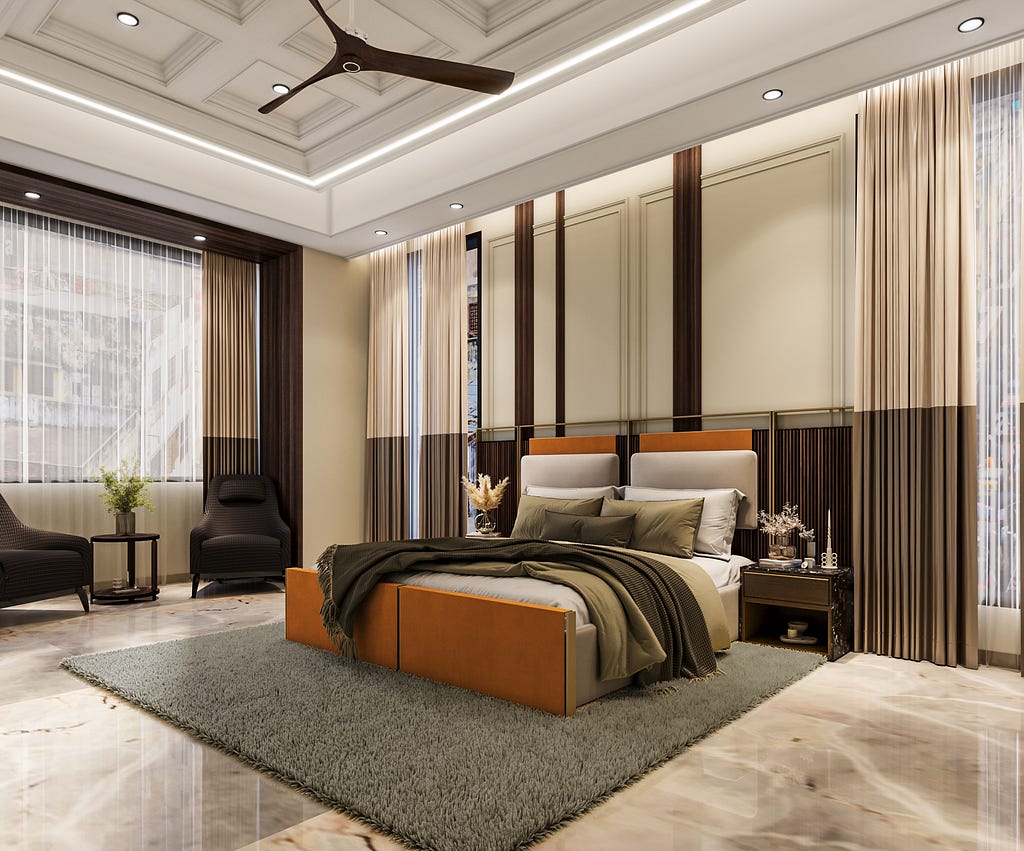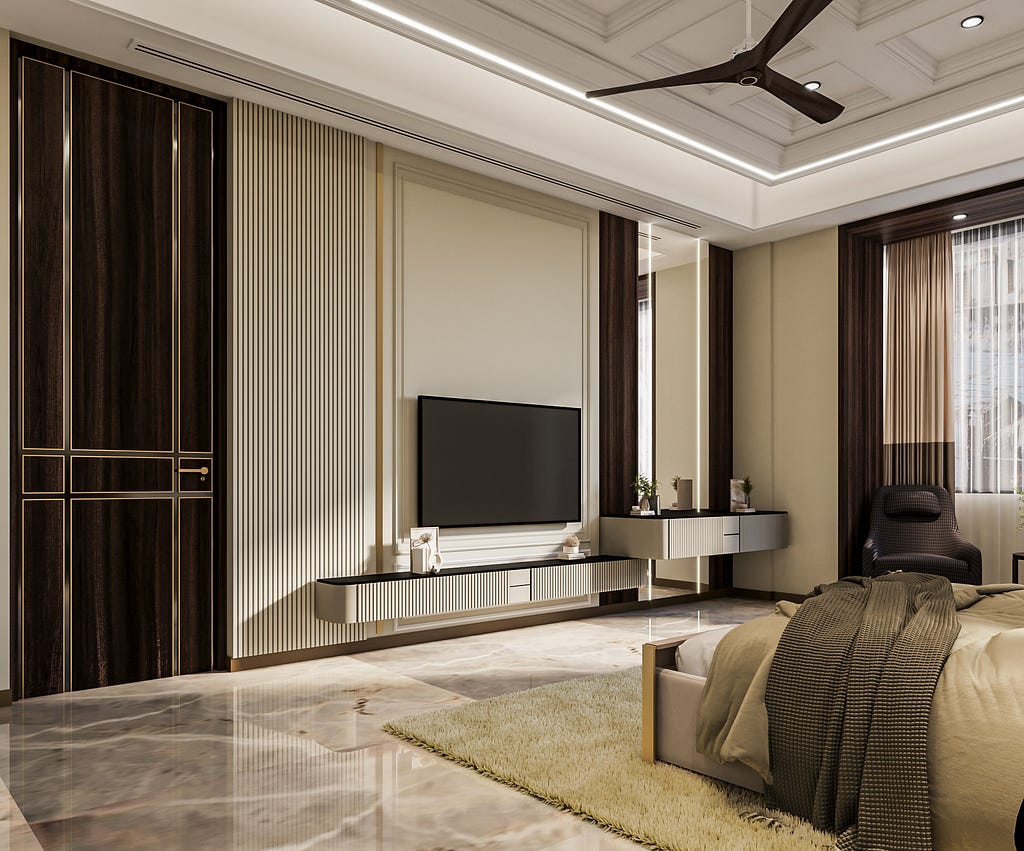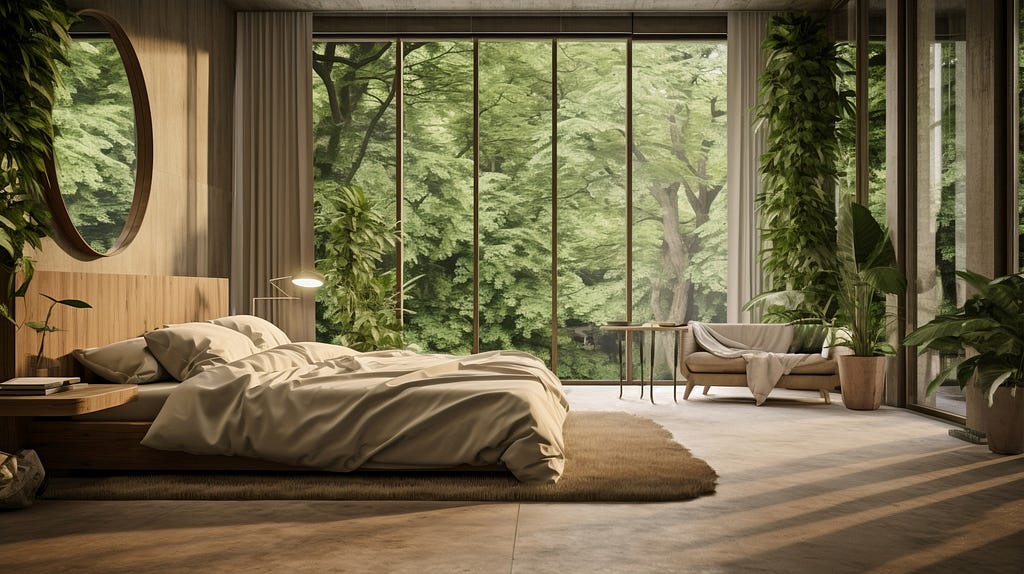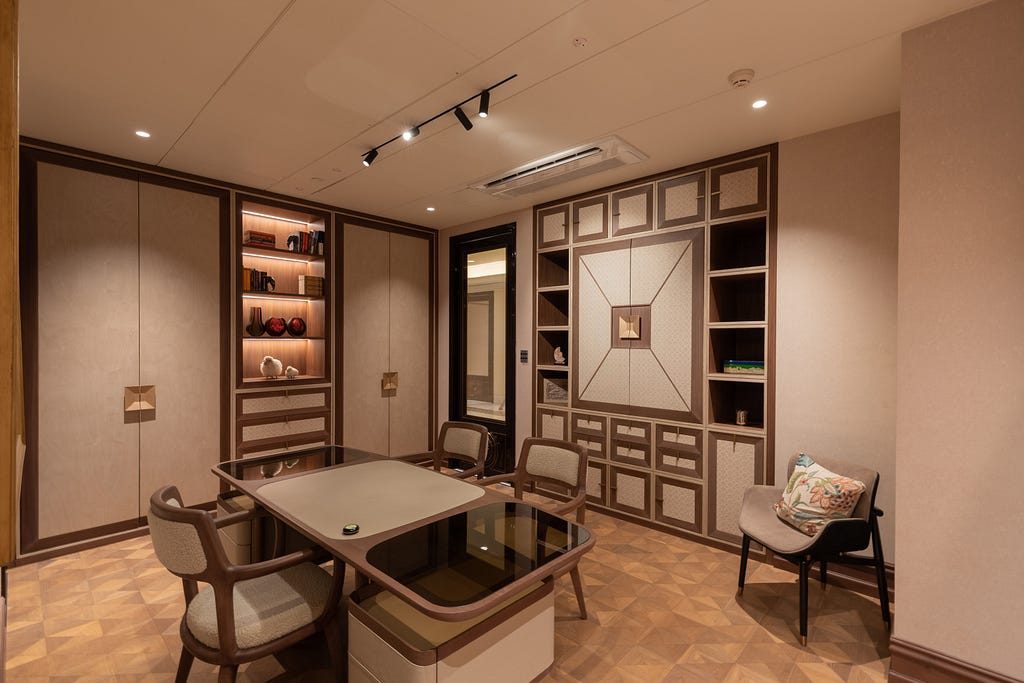The Science of Warmth How Colour Palettes Affect Winter Interiors

As the days grow shorter and temperatures drop, our homes naturally transform into sanctuaries that shield us from the winter chill. While physical warmth is essential, the psychological comfort offered by our interior spaces plays an equally vital role in shaping how we experience the season. Prashaant Kochhar, Co-founder and Principal Architect of LTDF, emphasizes the profound influence of colour on creating interiors that feel cozy and inviting during the colder months. By understanding the relationship between colour and mood, one can craft spaces that look beautiful and evoke a deep sense of comfort and warmth.
The study of colour psychology reveals that colours have a powerful impact on human emotions and behaviour. During winter, specific hues can influence our perception of warmth, making interiors feel more welcoming. Warm tones such as reds, oranges, and yellows are especially effective. Vibrant reds and oranges, reminiscent of glowing embers and fiery sunsets, infuse spaces with energy and warmth. When thoughtfully integrated through accents like cushions, throws, or artwork, these colors create a lively and uplifting atmosphere. Similarly, yellows and golds bring a sense of cheer and optimism, brightening interiors during the darker months. Even subtle touches like golden light fixtures or a mustard-hued rug can transform the ambiance of a room.

Earthy tones such as browns, beiges, and deep greens further enhance the warmth of winter interiors. These shades connect us to nature, offering a grounding effect that feels timeless and calming. When incorporated into furniture, flooring, or feature walls, they create a sense of stability and enduring elegance. However, the impact of these warm hues is magnified when paired with neutral or cooler tones, achieving balance and harmony in the space.
Texture and material choices also play a crucial role in enhancing the sensory appeal of winter interiors. The layering of plush materials like wool, velvet, and faux fur introduces depth and tactile richness. A velvet armchair paired with a chunky knit throw or a faux fur rug underfoot creates layers of visual and physical warmth. Incorporating natural elements like wood, stone, and greenery brings a touch of the outdoors inside, fostering a connection to nature that complements the warmth of the chosen colour palette.
Lighting is another critical aspect of crafting winter interiors. Warm-toned lighting, whether from incandescent bulbs, candles, or strategically placed lamps, creates a glow that mimics the comforting radiance of a firelight. This approach aligns with the Danish concept of hygge, which celebrates creating cozy and contented spaces that nurture the soul. Hygge-inspired design encourages the use of soft blankets, inviting seating arrangements, and ambient lighting to transform homes into havens of warmth and relaxation.
The psychological connection between colour and perceived warmth is deeply rooted in human evolution. Warm hues evoke primal associations with fire and sunlight, elements essential for survival, and these associations remain embedded in our subconscious. By incorporating such hues into winter interiors, we as designers can create spaces that not only visually counteract the cold but also evoke feelings of safety and comfort.
In summation, the science of warmth touches emotions, offering solace and joy during the colder months. By embracing the psychology of colour, homeowners can create spaces that radiate warmth, fostering well-being and a sense of belonging during the heart of winter!





















































